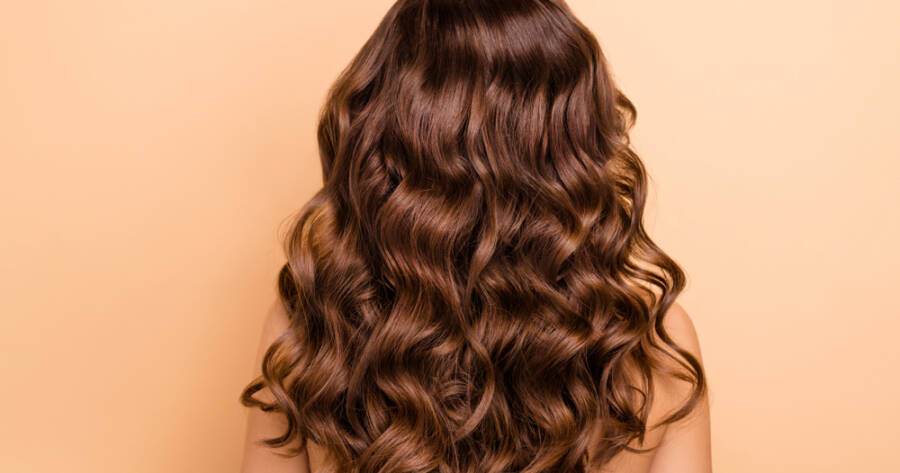From heat styling and chemical treatments to environmental stress and over-washing, our hair goes through a lot. Damaged hair can look dry, dull, and frizzy – and feel rough or brittle to the touch. But the good news? With the right care, you can restore your hair’s health, shine, and strength. If your hair is showing signs of damage, don’t panic. Explore how to repair it with smart tips, effective treatments, and products that actually work.
Understanding Hair Damage
Before diving into solutions, it helps to understand the different types of hair damage:
- Heat damage: Caused by frequent use of flat irons, curling wands, or blow dryers without proper protection.
- Chemical damage: Resulting from coloring, bleaching, perms, or relaxers.
- Mechanical damage: From brushing too harshly, using tight hairstyles, or sleeping with wet hair.
- Environmental damage: From sun exposure, pollution, saltwater, or chlorine.
Once the outer layer of the hair (cuticle) is compromised, moisture escapes and hair becomes vulnerable to breakage, frizz, and split ends.
Step 1: Trim the Damage
Start with a fresh trim to remove split ends and prevent further breakage. While you don’t need a full chop, regular trims every 6 to 8 weeks help maintain hair health and prevent damage from spreading up the hair shaft.
Pro tip: Ask your stylist for a “dusting” if you want to keep your length while removing the most damaged parts.
Step 2: Use the Right Shampoo and Conditioner
Swap out harsh, sulfate-laden shampoos for gentle, hydrating formulas that won’t strip your hair’s natural oils. Look for products labeled “sulfate-free,” “moisturizing,” or “for damaged hair.”
Key ingredients to look for:
- Keratin: Rebuilds protein bonds in the hair.
- Argan oil: Smooths and hydrates.
- Coconut oil: Reduces protein loss.
- Biotin: Strengthens weak, brittle strands.
Conditioning is just as important. Use a deep conditioner or repairing hair mask at least once a week to restore moisture and elasticity.
Step 3: Limit Heat Styling
Give your hair a break from heat whenever possible. If you must style with heat, always apply a thermal protectant spray first. This creates a barrier between your hair and high temperatures, helping to prevent further damage.
Lower the heat setting, and never use hot tools on damp hair – this causes the most breakage.
Step 4: Try Leave-In Treatments and Oils
Leave-in conditioners, hair serums, and lightweight oils can do wonders for damaged hair. These products help seal the cuticle, reduce frizz, and protect against daily stress.
Great options include:
- Leave-in sprays with heat and UV protection
- Argan or jojoba oil for shine and softness
- Protein-based treatments for rebuilding strength
Apply these to damp or dry hair, focusing on mid-lengths and ends.
Step 5: Treat from the Inside Out
Healthy hair starts with a healthy body. Make sure you’re getting enough protein, iron, vitamin D, and omega-3 fatty acids in your diet — all essential for strong, resilient hair.
If needed, consider a hair-focused supplement that includes biotin, collagen, and other hair-loving nutrients. Always consult a healthcare provider before starting new supplements.
Step 6: Protect While You Sleep
Nighttime can be surprisingly harsh on your hair. To protect it:
- Sleep on a silk or satin pillowcase to reduce friction.
- Avoid tight ponytails or buns.
- Try a loose braid or a satin hair wrap to prevent tangles and breakage.
Patience, Consistency, and the Right Products
Repairing damaged hair doesn’t happen overnight, but with the right combination of trims, treatments, and daily habits, you can see noticeable improvement over time. Be patient, stay consistent, and listen to what your hair needs.
By avoiding future damage and nurturing your hair with quality products and smart routines, you’ll be on your way to smoother, shinier, healthier hair — one strand at a time.

